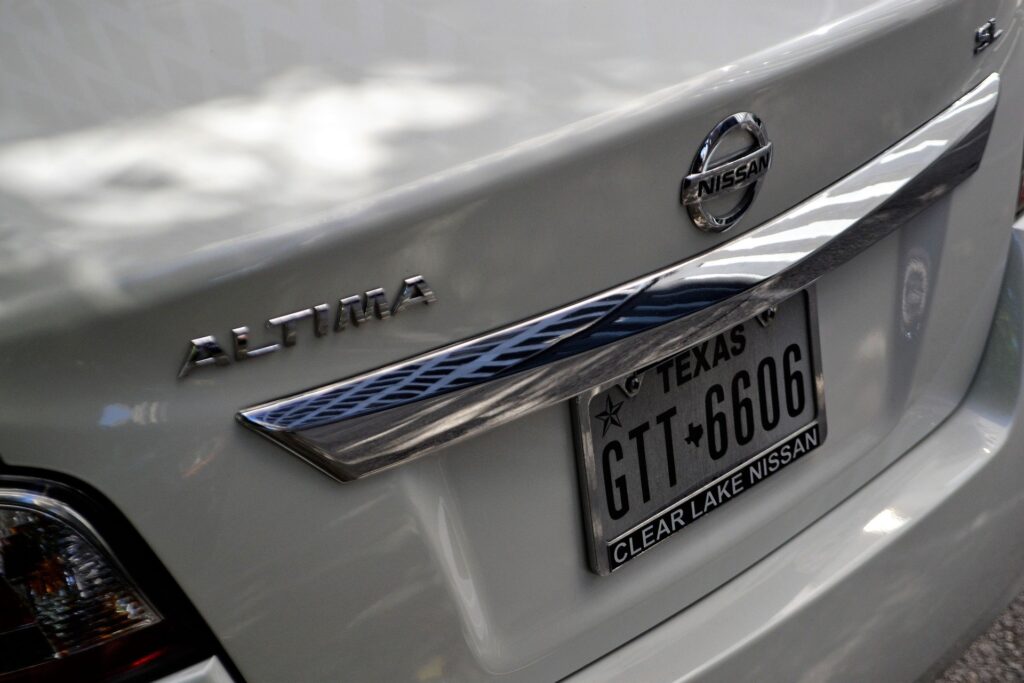
Although License Plate Recognition (LPR) seems like a more modern invention, the foundation of the technology has been around longer than you would think.
Here’s the history of license plate recognition technology, beginning with an overseas application developed by the Police Scientific Development Branch in the UK forty-five years ago.
A New Technology
In 1976, the Police Scientific Development Branch invented LPR to combat terrorism, honing the technology into working prototypes by 1979. The first industrial production contracts were granted to EMI Electronics and then to Computer Recognition Systems in the UK.
The first uses of LPR were at the Dartford Tunnel and the A1 road in Great Britain. In 1981, LPR saw its first arrest by identifying a stolen car. Still, the system didn’t gain widespread use due to its cost and the difficulties being experienced by the users of the technology.
LPR Technology Evolves
Throughout the 1990s, the technology would evolve with more affordable, easier-to-use applications. This allowed the use of LPR in larger operations, such as the 1993 “Ring of Steel” camera network surrounding London. The “Ring of Steel” was implemented to help stop terrorist bombings in London’s financial district.
1997 saw the creation of The Police National ANPR Data Center, or NADC, which allowed the data captured by LPR to be shared across the nation. The following year, LPR crossed the ocean and landed in the United States for use at border crossings.
Into the Twenty-First Century
In the early 2000s, data being captured by license plate recognition cameras began to be used for future crimes. In other words, stored data from the past could be accessed to place a vehicle at a certain location.
The first murder arrest using LPR occurred in the UK in 2005, where the technology played an important role in finding and convicting the murderers of Sharon Beshenivsky.
2005 would also see the creation of ANPR (Automatic Number-Plate Recognition) International Limited, an organization that would build on the potential of the technology throughout the rest of the early 2000s. This would lead to the use of License Plate Recognition in parking lots, traffic surveys, mobile surveillance, stolen vehicle recovery, airport security, and other applications.
LPR Technology: Today
LPR software has streamlined the process into affordable, easy-to-use technology that is widely used in multiple applications. Next Generation Security Concepts LPR solution, PlateSmart, uses existing hardware, is compatible with most operating systems, and because there is no licensing fee when installed by NGSC, is an affordable software system.
PlateSmart can be used wherever security is needed, for private and commercial use. The technology can be used in any number of ways, including:
- Vehicle identification
- Instant access to information
- Vehicle recovery
- Integrated database with local and state law enforcement
For more information about NGSC’s affordable, flexible License Plate Recognition solutions or to schedule a free security assessment, contact us today.
